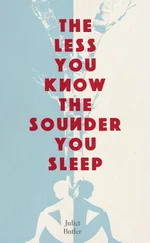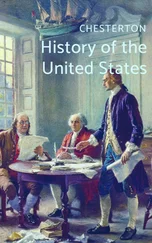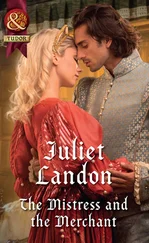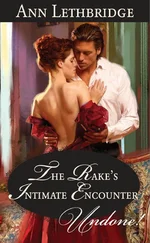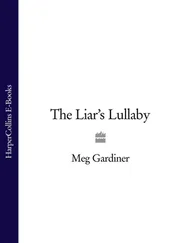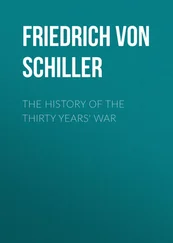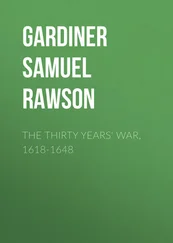The ‘young fools’ of Oxford were not the only less obvious supporters of the Hunger Marchers. Fifteen-year-old Esmond Romilly, a nephew of Winston Churchill, who was a pupil at Wellington College and who kept a porcelain bust of Lenin on his study shelves under a portrait of his uncle and next to six copies of The Communist Manifesto , was a fervent, if unfocused, enthusiast too. With his brother Giles he had started a magazine, Out of Bounds , ‘against reaction in the public schools’, which contained attacks on the Officer Training Corps, fascism (though Michael Wallace of Oundle was allowed space for a defence), traditional public schools which were ‘concerned with the production of a class’, as well as informative articles on subjects such as masturbation (‘some form of auto-eroticism is absolutely inevitable’) and progressive schools (including Dartington, which permitted copies of the Moscow Daily News as well as the Times Literary Supplement in its library) plus some rather memorable poems by the schoolboy Gavin Ewart. The Romillys were delighted to announce in the first issue, published in March 1934, that Out of Bounds was ‘Banned in Uppingham — Banned in Cheltenham’, and they could gleefully add ‘Banned in Aldenham, Imperial Service College and Wellington’ (from whence it sprang) by the second. Furthermore, the Daily Mail had picked up the story under the headlines ‘Red Menace in Public Schools’, ‘Moscow Attempts to Corrupt Boys’, ‘Officer’s Son [the Romillys’ father was a colonel in the Scots Guards and had commanded the Egyptian Camel Corps in the First World War] Sponsors Extremist Journal’.
L. Shinnie of Westminster School reviewed the collected Listener articles Memoirs of the Unemployed for Out of Bounds , concluding that ‘members of the public schools can only make certain that they will not suffer the conditions depicted in this book if they join with the working classes to achieve a better society’. Esmond Romilly managed to persuade his mother not only to contribute half a crown to the National Hunger March Committee, but also to pen a letter to the Daily Worker expressing her ‘entire sympathy with the cause of the unemployed who have had their benefits cut and I am glad they are availing themselves of a traditionally British method to voice their grievances’. Nellie Romilly had wished to add ‘God Save the Queen’ at the bottom, but had been dissuaded. However, young Romilly later realised the political capital that could be made out of a sister of the wife of Winston Churchill writing such a letter, and it never appeared.
One afternoon in February 1934 Henry Crowder, a black American jazz musician and the lover of a wealthy and rebellious socialite with a restless social conscience, Nancy Cunard, went to her flat and found her wearing ‘a bizarre collection of garments — a man’s overcoat, an aviator’s helmet and several scarves — which, she told him, were partly for warmth and partly for disguise. She informed him that she was off to join the hunger marchers and he was to tell no one. Off she went with a small movie camera in her hand.’
Much later, Nancy Cunard wrote to a friend: ‘It was at Stamford [that] I met them [the hunger marchers], up that great road … One thought the dog of the Inn had been put in the soup, just as we were all sitting down, in pretty great cold, eating stew on the roadside … Why the hunger march? In protest against the Means Test.’
‘We were on the road when this car drew up,’ remembered Tom Clarke, who was on the march from Dundee. ‘I think it was a Rolls Royce — I’m not very good on cars. This woman got out … [she] was taking newsreels or films. [Peter] Kerrigan said, “That’s Nancy Cunard.” I didn’t at the time know who Nancy Cunard was. To me here we were fighting capitalism and yet ye’d get these people coming along and dropping money, maybe a pound note or more, into a collection bag. I remember quizzing Kerrigan about this. I says, “How the hell does this happen?” He says, “Well, they’re so accustomed to giving tips, this doesn’t mean a thing.” They may have intended well, they may not, but they just gave tips.’
‘Eighth day,’ wrote Joseph Albaya, who was marching in a Sheffield contingent on 17 February. ‘Kettering — one of those towns that didn’t know what unemployment was — also where the inhabitants looked at us if were dogs.’ The marchers were put up in the workhouse. ‘Speech by Mayor to welcome us — (he said he believed in action by constitutional means).’ The next day it was ‘on to Bedford our longest trek to date — never been so tired as on this day — feet in a terrible condition … the trek was about 32 miles on hard roads — admittedly may have done rambles this length but never with the necessity of keeping in step — dark before we reached Bedford — five miles out the leaders had to keep encouraging the marchers — kept telling us we were there — these to my mind were silly tactics as the result was disappointment — had one final rest on the side of the road — utterly fagged out — was stretched out in a ditch — a Good Samaritan came out and dished cigarettes out.’
Aware that the Home Secretary, Sir John Gilmour, and the Attorney General had both warned mothers along the marchers’ route to keep their children indoors and shopkeepers to shutter their windows, hinting at the prospect of ‘grave disorder, public disturbances’, even ‘bloodshed’, the NUWM was determined to avoid confrontations. ‘We’re here to demonstrate against the operation of the Means Test and the economy cuts and not to have a diversion or fight with the police which would misrepresent the whole idea of the March,’ warned Harry McShane. ‘We’re here to protest peacefully and with discipline.’ Any transgressor would usually be packed off back home — though only after a meeting had been held with all the contingent to decide his fate. Misdeeds might include drunkenness (though according to most marchers this was rare: ‘There was no money for drink anyway in the first place.’ It took Frank McCusker six weeks to march from Scotland, and ‘I could say I had about six pints o’ beer frae Glasgow to London’), scrounging, brawling, stealing another man’s boots, pilfering the collection boxes or pulling off a scam such as arriving in a town in advance of the main body of marchers, collecting money from sympathetic onlookers and pocketing the proceeds before rejoining the march.
If the marchers were organised, so were the authorities. Instructions were reiterated that any soft-hearted local PAC thinking of offering food or loans of blankets to the marchers would be surcharged for this largesse. Chief Constables along the route were required to file reports about the number, progress and behaviour of each contingent, and whether any marchers had previous convictions for breaches of the peace.
In fact both sides were concerned to avoid any aggressive confrontation as the marchers streamed into Hyde Park on Sunday, 25 February 1934. Unknown to police or marchers, a vigilante committee had assembled in a small flat behind Selfridges, watching the action and hovering by the telephone to report any police brutality among the crowd of over 50,000 marchers. It was a distinguished posse, ‘rather like the members of a cultural, intellectual and progressive Who’s Who’: E.M. Forster, Professor Julian Huxley, Vera Brittain, her husband, Professor George Caitlin, and her friend the novelist Winifred Holtby, ‘tall, calm and big-boned’, and Dr Edith Summerskill were there, as were a couple of barristers, two young solicitors and Kingsley Martin, editor of the New Statesman . Claud Cockburn brought H.G. Wells, who had been unwell, and was ‘wrapped in mufflers’. The assembled group were either members of, or distinguished left-wingers who had been invited as observers by, the National Council of Civil Liberties (NCCL), since previously reports of acts of harassment by the police had been easy to discredit since they came mainly from the victims themselves.
Читать дальше

